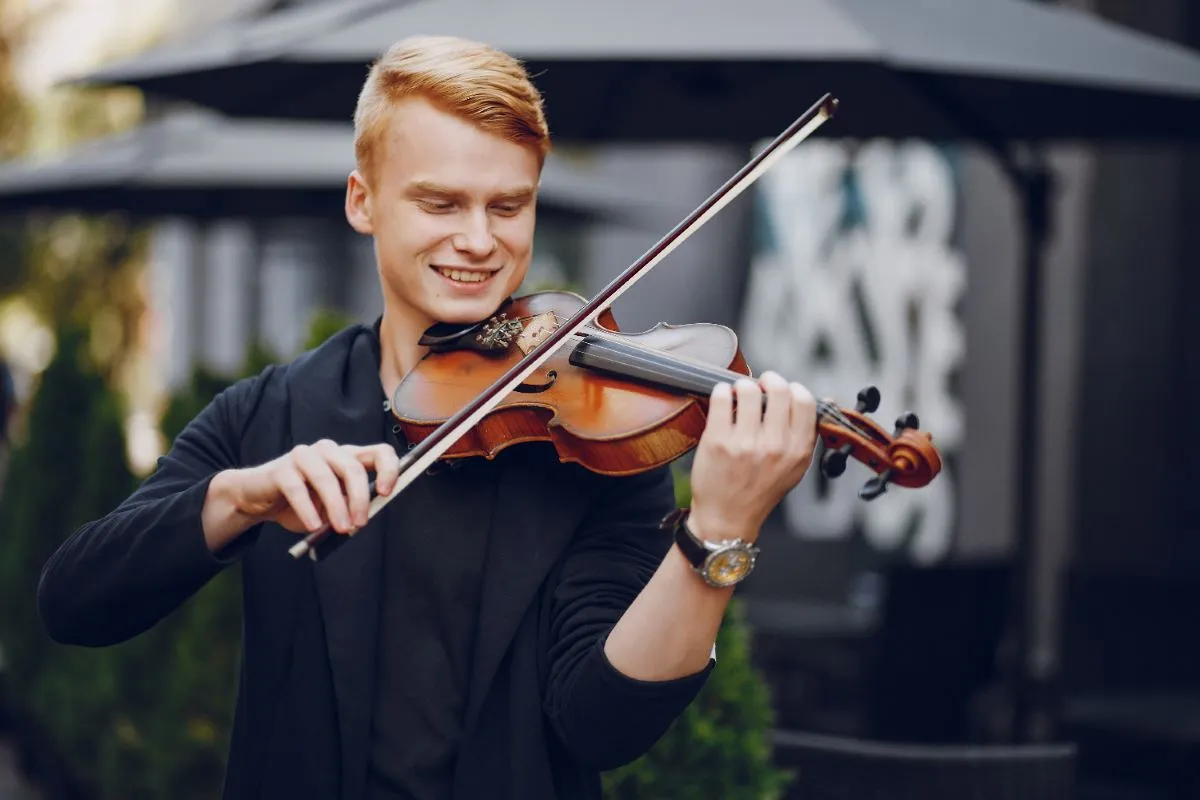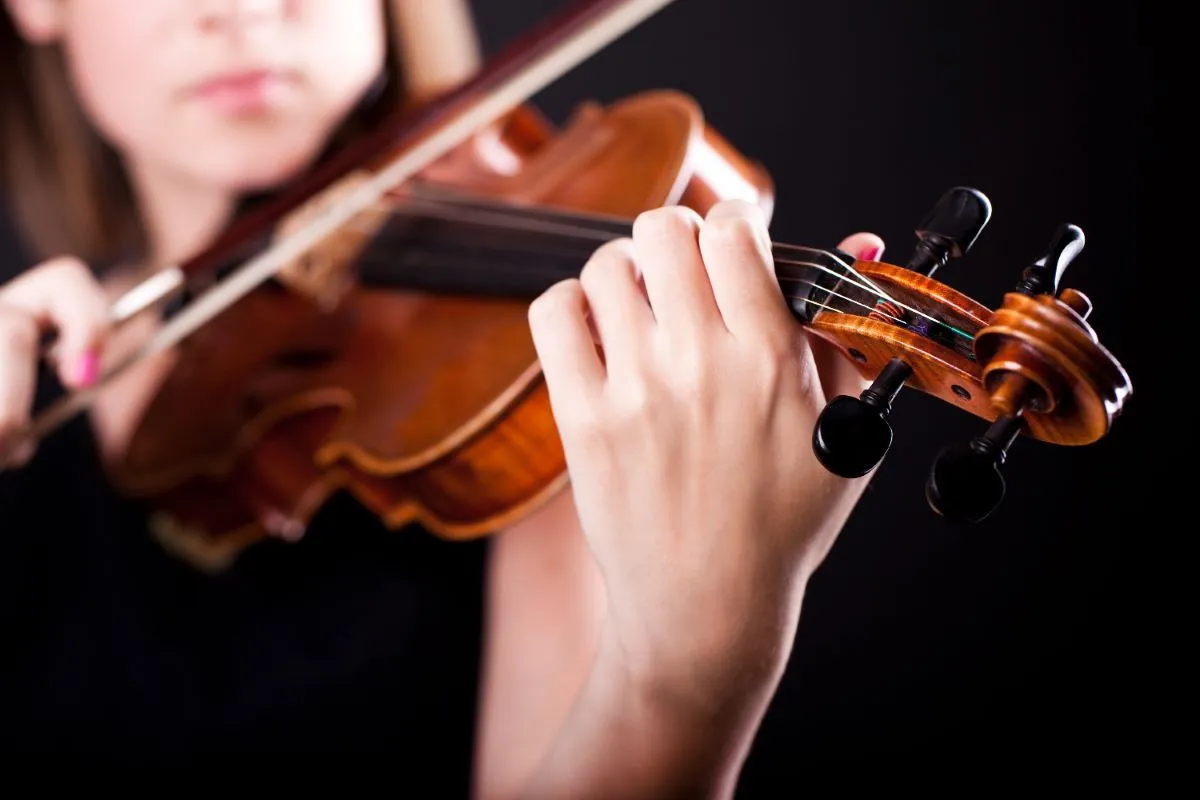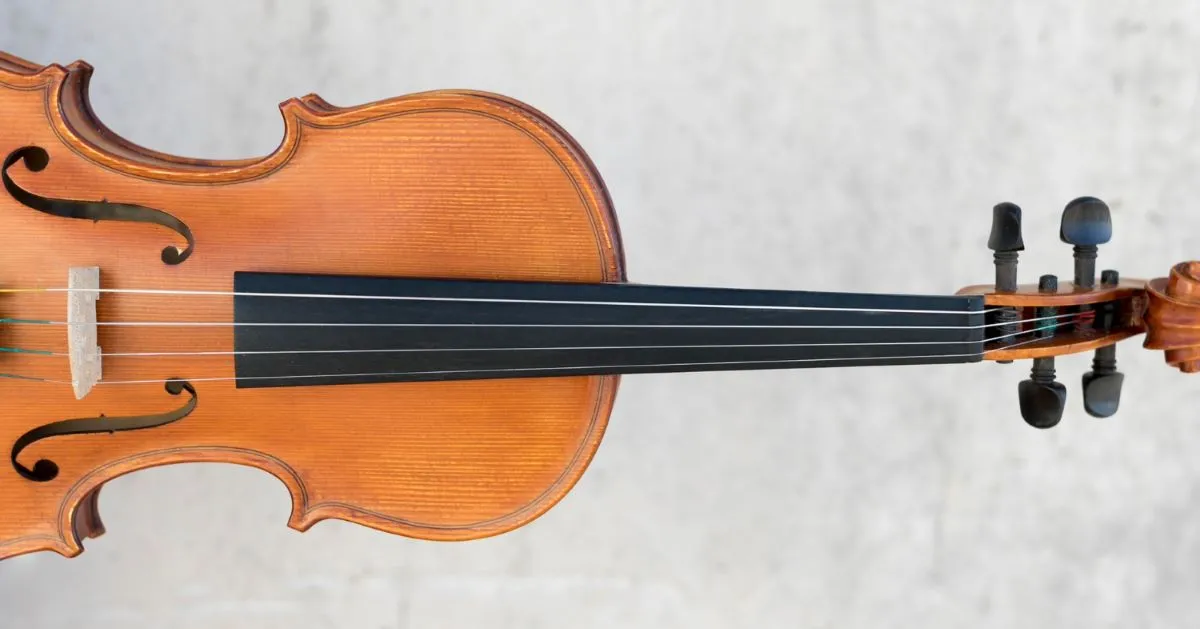
Taking graded exams is not the only way to learn the violin.
Classical violin lessons offer a structured plan to mastering one of the most expressive instruments. Progressing through years of study, students develop technical skills, musicality and confidence, while exploring the violin’s rich repertoire. This article outlines the journey of a violinist from their first steps with the instrument to more advanced stages of learning, emphasizing key concepts, techniques and objectives for each year.
Our classical violin lessons combine technical mastery with artistic expression. Each year builds on the previous one, providing students with the tools and confidence to tackle increasingly complex challenges. From the fundamentals of holding the violin to the advanced bow strokes and performance techniques, classical violin lessons are designed to cultivate both skill and passion for music.
In the first year, students focus on understanding the basics of violin playing. This includes learning the parts of the instrument, developing proper posture and mastering fundamental bowing techniques. The emphasis is on sound production and coordination between the bow and the left hand.
TAKE THE FIRST STEP
In their third year, students will focus on refining their technique and expanding their musical capabilities. They will work on maintaining correct violin and bow posture, ensuring that their movements remain relaxed and stable. The main areas of development will include:
The fourth year introduces greater technical challenges and continues refining existing skills, with a focus on musicality and performance.


The eighth year emphasizes performance readiness, advanced techniques and expressive playing.
Pick your favorite instrument and start making music today!
MUSIC LESSONSHow to enroll
Categories